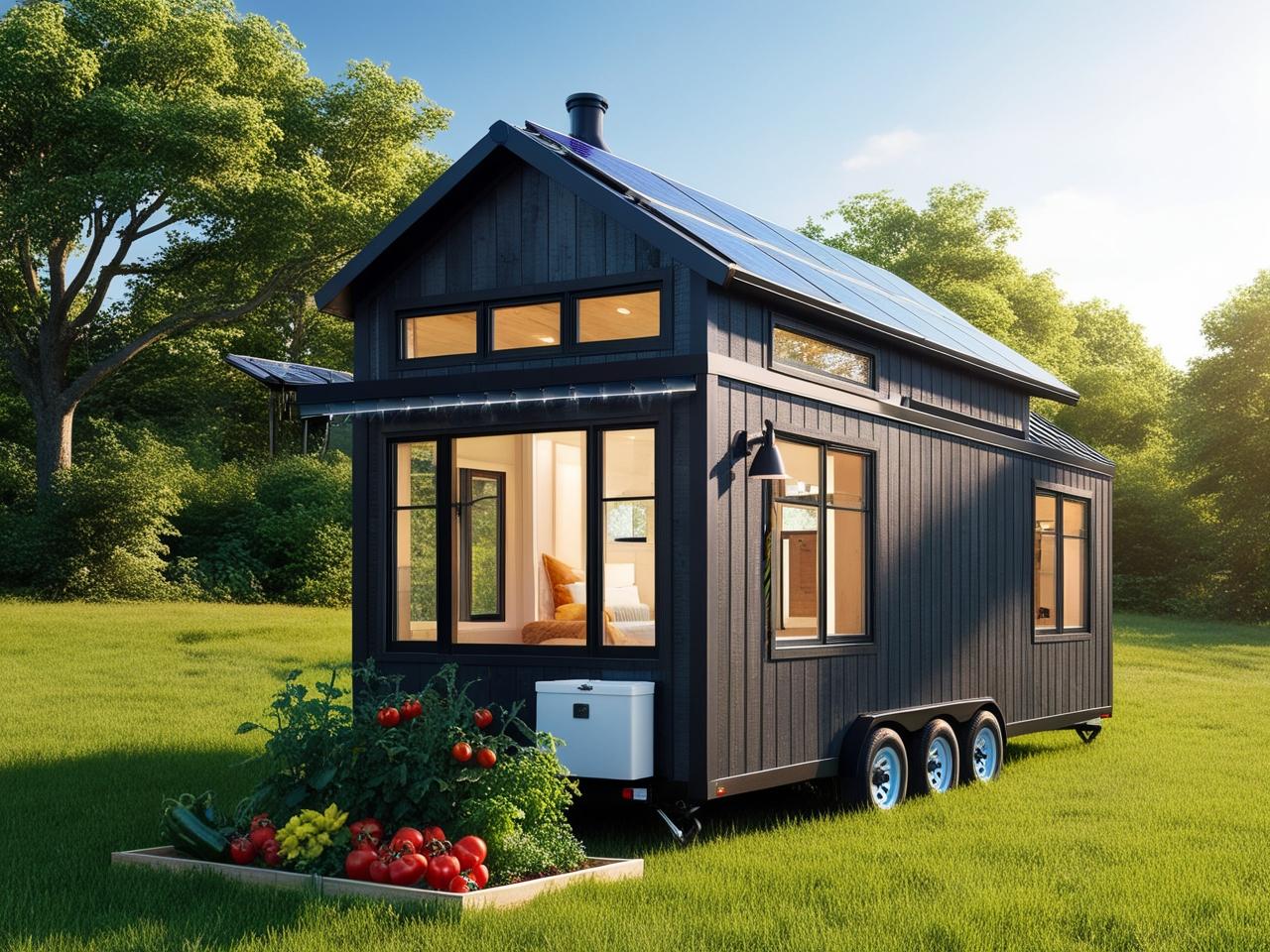Eco Friendly
How to Make Your Tiny House 100% Sustainable in 2025

Sustainability is no longer just a trend—it’s a necessity. As we move deeper into 2025, eco-conscious homeowners are looking for ways to make their tiny houses fully self-sufficient and environmentally friendly. Whether you’re starting fresh or upgrading an existing tiny home, here’s a guide to making it 100% sustainable.
1. Energy Independence with Solar and Wind Power
One of the biggest steps toward sustainability is producing your own energy. Solar panels are more efficient than ever, and portable wind turbines can supplement power on cloudy days. Look for high-efficiency solar panels with battery storage to ensure you have energy even during off-peak hours.
2. Water Conservation and Off-Grid Systems
- Rainwater Collection: Installing a rainwater harvesting system allows you to collect and filter water for everyday use.
- Greywater Recycling: Reuse water from sinks and showers for irrigation.
- Composting Toilets: These save water and turn waste into compost for gardening.
3. Sustainable Building Materials
Using recycled, reclaimed, or sustainably sourced materials minimizes your environmental impact. Bamboo flooring, reclaimed wood, and eco-friendly insulation like sheep’s wool or cork are great options.
4. Smart Waste Management
Reducing, reusing, and recycling should be part of your daily routine. Consider setting up:
- A composting system for food scraps
- A recycling station for plastics, glass, and metals
- Minimalist living habits to reduce waste
5. Energy-Efficient Heating and Cooling
A well-insulated home reduces the need for artificial heating and cooling. Passive solar design, energy-efficient windows, and geothermal heating can keep your home comfortable year-round without excessive energy use.
6. Growing Your Own Food
A tiny home doesn’t mean you can’t grow your own food. Vertical gardens, hydroponic systems, and compact greenhouses let you cultivate fresh produce without needing a large plot of land.
7. Transportation and Mobility
If your tiny house is on wheels, consider an electric vehicle (EV) or a hybrid tow vehicle. Lightweight, aerodynamic designs can also reduce fuel consumption.
8. Smart Technology for Sustainable Living
- Smart thermostats to control heating and cooling
- Energy-efficient LED lighting
- Eco-friendly appliances with low energy and water consumption
For more insights into the latest tiny home trends and regulations in Canada and the USA, check out this article.
FAQs
Q: Can a tiny house really be 100% off-grid?
A: Yes! With solar and wind power, rainwater collection, and composting toilets, a tiny house can function entirely off-grid.
Q: How much does it cost to make a tiny house fully sustainable?
A: Costs vary, but investing in renewable energy, efficient insulation, and sustainable materials can range from $10,000 to $50,000, depending on your setup.
Q: Are there government incentives for sustainable tiny homes?
A: Yes, many regions offer tax credits or grants for solar panels, rainwater harvesting, and energy-efficient upgrades.
Q: What’s the best way to insulate a tiny house for energy efficiency?
A: Materials like sheep’s wool, recycled denim, and spray foam provide excellent insulation while being eco-friendly.
Q: How do I dispose of waste sustainably in a tiny house?
A: Use composting toilets, recycle efficiently, and compost organic waste to minimize landfill contributions.
